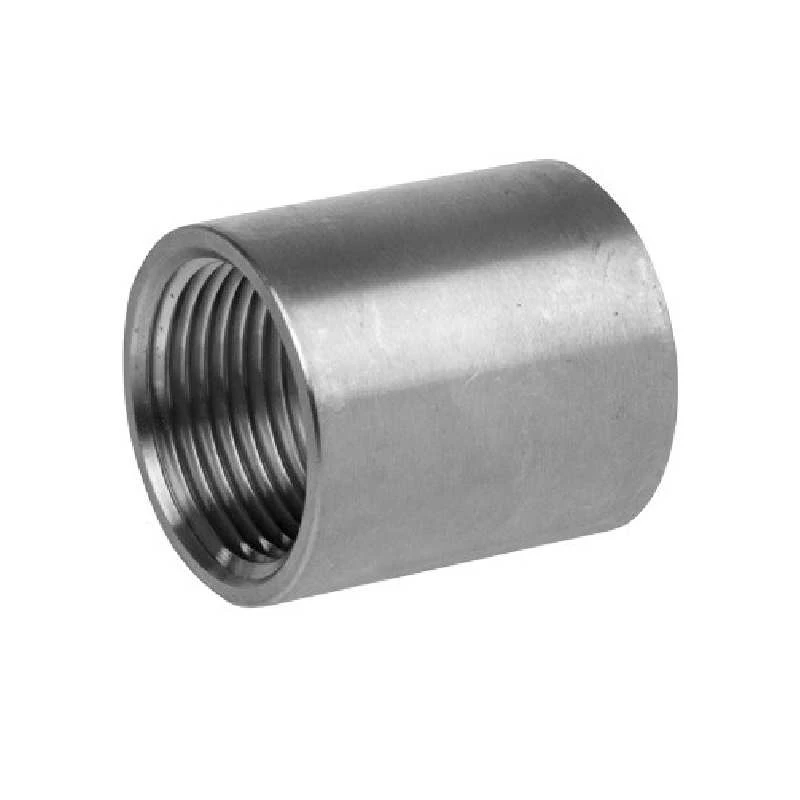-
Cangzhou Yulong Steel Co., Ltd.
-
Phone:
+86 13303177267 -
Email:
admin@ylsteelfittings.com
- English
- Arabic
- Italian
- Spanish
- Portuguese
- German
- kazakh
- Persian
- Greek
- French
- Russian
- Polish
- Thai
- Indonesian
- Vietnamese
- Zulu
- Korean
- Uzbek
- Hindi
- Serbian
- Malay
- Ukrainian
- Gujarati
- Haitian Creole
- hausa
- hawaiian
- Hebrew
- Miao
- Hungarian
- Icelandic
- igbo
- irish
- Japanese
- Javanese
- Kannada
- Khmer
- Rwandese
- Afrikaans
- Albanian
- Amharic
- Armenian
- Azerbaijani
- Basque
- Belarusian
- Bengali
- Bosnian
- Bulgarian
- Catalan
- Cebuano
- China
- China (Taiwan)
- Corsican
- Croatian
- Czech
- Danish
- Esperanto
- Estonian
- Finnish
- Frisian
- Galician
- Georgian
- Kurdish
- Kyrgyz
- Lao
- Latin
- Latvian
- Lithuanian
- Luxembourgish
- Macedonian
- Malgashi
- Malayalam
- Maltese
- Maori
- Marathi
- Mongolian
- Myanmar
- Nepali
- Norwegian
- Norwegian
- Occitan
- Pashto
- Dutch
- Punjabi
- Romanian
- Samoan
- Scottish Gaelic
- Sesotho
- Shona
- Sindhi
- Sinhala
- Slovak
- Slovenian
- Somali
- Sundanese
- Swahili
- Swedish
- Tagalog
- Tajik
- Tamil
- Tatar
- Telugu
- Turkish
- Turkmen
- Urdu
- Uighur
- Welsh
- Bantu
- Yiddish
- Yoruba

Dec . 03, 2024 16:29 Back to list
Understanding ASTM B 444 Standards for Nickel Alloy Tubes in Industrial Applications
Understanding ASTM B444 Standards and Importance in Nickel Alloy Tubes
The ASTM B444 standard is an essential guideline that addresses the specifications for nickel-copper alloy tubes aimed at heat exchangers, condensers, and similar applications. This standard is significant in ensuring that materials used in various industries meet specific quality and performance criteria, thereby promoting safety, reliability, and efficiency.
Overview of ASTM B444
ASTM B444 outlines the requirements for seamless, cold-worked, and hot-finished nickel-copper alloy tubes, specifically for use in marine environments and other applications that demand high resistance to corrosion. Nickel-copper alloys, commonly known by their trade name Monel, offer excellent mechanical properties and are particularly notable for their resistance to seawater and aggressive chemicals.
The standard specifies the necessary chemical composition, mechanical properties, and permissible variations for the nickel-copper alloy tubes. It ensures that these tubes can withstand harsh environments without suffering from corrosion or degradation over time. This is critically important in sectors like marine engineering, chemical processing, and oil and gas, where materials are routinely exposed to harsh conditions.
Chemical and Mechanical Properties
According to ASTM B444, the alloy primarily consists of nickel and copper, with permissible amounts of other elements such as iron, manganese, carbon, and silicon. The precise composition is crucial, as even minor variations can significantly impact the material's mechanical properties and overall performance.
The standard specifies the mechanical properties of the tubes, including yield strength, tensile strength, elongation, and hardness. These properties are vital for assessing the tubes’ performance under stress and their ability to maintain integrity under high pressure and temperature conditions.
For instance, the yield strength must meet or exceed specific levels to ensure that the tubes can support the operational loads without permanent deformation. Similarly, elongation values indicate how much the tubes can stretch before breaking, which is an essential factor for applications involving thermal expansion and contraction.
astm b 444

Manufacturing and Testing
Manufacturers are required to follow specific processes to produce nickel-copper alloy tubes that conform to ASTM B444. These processes should align with best practices to ensure uniformity in the wall thickness and mechanical properties throughout the length of the tubes.
Furthermore, rigorous testing protocols are mandated to guarantee that the finished products meet the standards outlined in ASTM B444. Various tests, including non-destructive testing (NDT), are employed to detect any hidden defects that could compromise the safety and functionality of the tubes.
Applications of ASTM B444 Tubes
The tubes manufactured according to ASTM B444 are widely used across various industries. In the marine industry, they serve vital roles in shipbuilding, underwater piping systems, and other applications that involve exposure to seawater. Additionally, they are critical in heat exchangers and condensers, where their ability to withstand thermal cycling and corrosive environments ensures efficient operation.
In the chemical processing industry, ASTM B444-compliant tubes are often used to transport aggressive substances safely. Their exceptional resistance to pitting and stress corrosion cracking makes them an ideal choice for chemical reactors and distillation columns.
Conclusion
In conclusion, ASTM B444 provides a comprehensive framework for the manufacturing and application of nickel-copper alloy tubes. Its focus on chemical composition, mechanical properties, and manufacturing practices ensures that these materials can perform effectively in demanding environments. Adhering to this standard is crucial for engineers and manufacturers aiming to maintain safety, efficiency, and durability in their projects. As industries continue to seek reliable materials capable of withstanding harsh conditions, the significance of ASTM B444 will remain paramount in guiding best practices and promoting innovation in material science.
Latest news
-
ANSI 150P SS304 SO FLANGE
NewsFeb.14,2025
-
ASTM A333GR6 STEEL PIPE
NewsJan.20,2025
-
ANSI B16.5 WELDING NECK FLANGE
NewsJan.15,2026
-
ANSI B16.5 SLIP-ON FLANGE
NewsApr.19,2024
-
SABS 1123 FLANGE
NewsJan.15,2025
-
DIN86044 PLATE FLANGE
NewsApr.19,2024
-
DIN2527 BLIND FLANGE
NewsApr.12,2024
-
JIS B2311 Butt-Welding Fittings LR/SR 45°/90° /180°Seamless/Weld
NewsApr.23,2024











